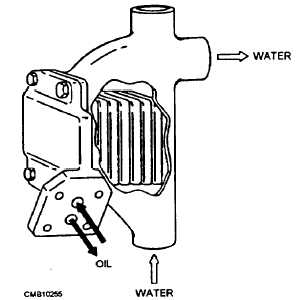
Figure 6-27. - Oil temperature regulator.
to the pressure gauge indicating oil pressure within the system.
Oil Temperature Regulator
The oil temperature regulator (fig. 6-27) must be used in diesel engine lubricating systems, prevents oil temperature from rising too high in hot weather, and assists in raising the temperature during cold starts in winter weather. It provides a more positive means of controlling oil temperature than does cooling by radiation of heat from the oil pan wells.
The regulator uses engine coolant in the cooling system to regulate the temperature of the oil and is made up of a core and housing. The core, through which the oil circulates, is of cellular or bellows construction and is built to expose as much oil as possible to the coolant that circulates through the housing. The regulator is attached to the engine so that the oil will flow through the regulator after passing through the pump. As the oil passes through the regulator, it is either cooled or heated, depending on the temperature of the coolant and then is circulated through the engine.
Some military vehicles use an oil cooler (fig. 6-28) that consists of a radiator through which air is circulated by movement of the vehicle or by a cooling fan. Oil from the engine is circulated through this radiator and back to the sump or supply tank. The radiator acts to cool the oil only in this system. It will not heat oil in a cold engine.

Figure 6-28. - Oil cooler.
Continue Reading